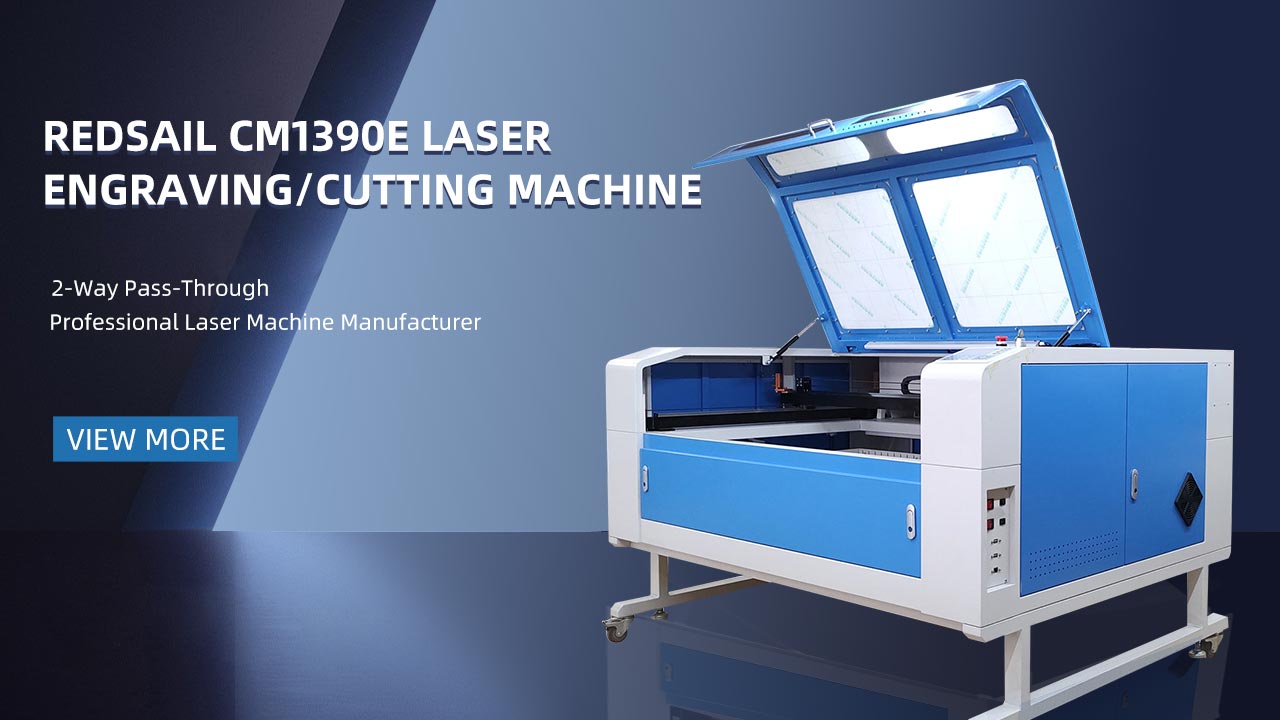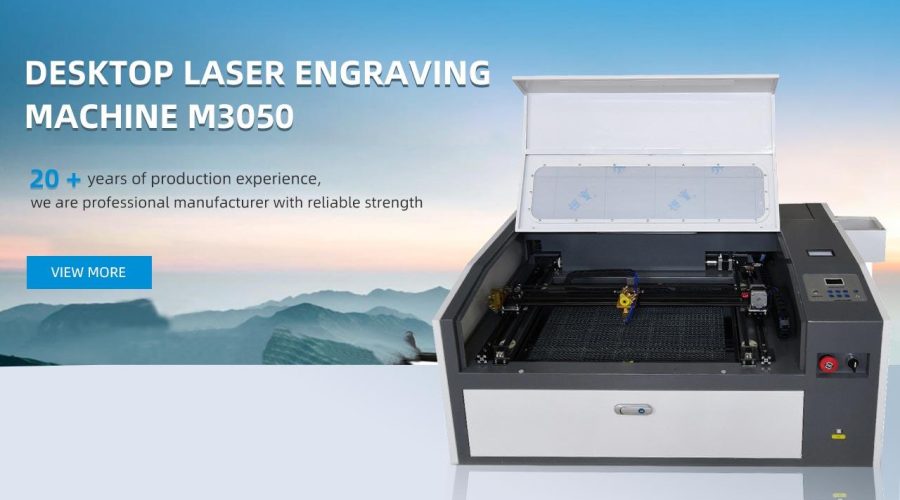Can a Laser Cut Wood 3D Printer Revolutionize Additive Manufacturing?
Introduction
3D printing technology has shown remarkable advancements in recent years, revolutionizing various industries such as automotive, aerospace, healthcare, and fashion. Traditional 3D printers utilize various materials, including plastics, metals, and ceramics, to create intricate three-dimensional objects layer by layer. However, a new innovation in additive manufacturing has recently emerged, which involves the use of laser-cut wood. This article explores the potential of laser-cut wood 3D printers in revolutionizing the field of additive manufacturing.
What is a Laser Cut Wood 3D Printer?
A laser cut wood 3D printer is a type of additive manufacturing machine that utilizes a laser cutting system to precisely cut and shape wood in order to create three-dimensional objects. Unlike traditional 3D printers that use melting or sintering techniques with various materials, a laser cut wood 3D printer focuses on utilizing wood as its primary material for additive manufacturing.
The Benefits of Laser-Cut Wood 3D Printing
The use of wood as a primary material for additive manufacturing offers several advantages:
1. Sustainability
Wood is a renewable and sustainable resource, which makes it an eco-friendly material choice for 3D printing. It eliminates the need for relying on non-biodegradable plastics or metals, reducing the environmental impact associated with traditional 3D printing.
2. Cost-effectiveness
Wood is generally more affordable compared to other materials like plastics or metals. This makes laser-cut wood 3D printing a cost-effective option, especially for small-scale manufacturing or prototyping purposes.
3. Aesthetics
Wood has a natural and visually appealing aesthetic, making it an ideal choice for creating decorative or artistic objects using 3D printing technology. The unique patterns and textures of different wood species can enhance the overall appearance of the final product.
Laser Cut Wood 3D Printing Process
The laser cut wood 3D printing process involves several steps:
1. Designing the Object
Using computer-aided design (CAD) software, the desired object is designed and prepared for 3D printing. The software allows for precise customization, including size, shape, and levels of intricacy.
2. Material Selection
Wood sheets or blocks of suitable thickness are chosen based on the object’s design requirements. Different wood species may be selected to achieve specific aesthetics or durability.
3. Laser Cutting
The laser cutting system is programmed to follow the design specifications and precisely cut the wood material according to the desired shape and dimensions. The laser, typically a high-powered CO2 laser, emits a focused beam of light that vaporizes or burns away the wood layers, leaving behind the desired shape for layering.
4. Layer-by-Layer Assembly
The laser-cut wood pieces are assembled layer by layer, similar to traditional 3D printing processes. Adhesives or connectors may be used to ensure structural integrity and stability of the final object.
Challenges and Limitations
Despite its potential benefits, laser cut wood 3D printing still faces some challenges and limitations:
1. Material Strength
Wood, although a versatile material, may not possess the same strength and durability as metals or certain plastics. This limitation restricts the range of applications where laser-cut wood 3D printing can be effectively utilized.
2. Size Limitations
The size of the laser cutting bed determines the maximum dimensions of the objects that can be created using this technique. Larger objects may not be feasible or require complex assembly processes.
3. Precision and Fine Details
Wood grain and texture can limit the precision and fine details that can be achieved through laser-cutting. The natural variations in wood can impact the accuracy and consistency of the final product.
Conclusion
The use of laser-cut wood 3D printers in additive manufacturing holds great potential to create a significant impact on various industries. While still facing some challenges, the sustainability, cost-effectiveness, and aesthetic properties of laser-cut wood make it an appealing choice for certain applications. As technology continues to evolve, advancements in laser-cut wood 3D printers may address existing limitations and expand the possibilities of additive manufacturing even further.
FAQs
What materials can be used in a laser-cut wood 3D printer?
Laser-cut wood 3D printers primarily utilize wood as the main material. However, other materials such as plastics, acrylics, or even metals can also be incorporated in the process, depending on the printer model and design requirements.
Are laser-cut wood 3D printers suitable for industrial-scale production?
Currently, laser-cut wood 3D printers are more commonly used for small-scale manufacturing, prototyping, or artistic purposes. However, as the technology advances, it is possible that they could find applications in industrial-scale production in the future.
Can laser-cut wood 3D printers produce functional objects?
Laser-cut wood 3D printers can produce functional objects, depending on the design specifications and requirements. While wood may not possess the same strength as metals, it can still be suitable for various functional applications.
What are the main differences between laser-cut wood 3D printers and traditional 3D printers?
The main difference lies in the primary material used. Traditional 3D printers can work with a wide range of materials such as plastics, metals, ceramics, and composites, while laser-cut wood 3D printers focus on utilizing wood as the primary material. Additionally, the printing process itself may differ, with laser cutting replacing melting or sintering techniques found in traditional 3D printing.





